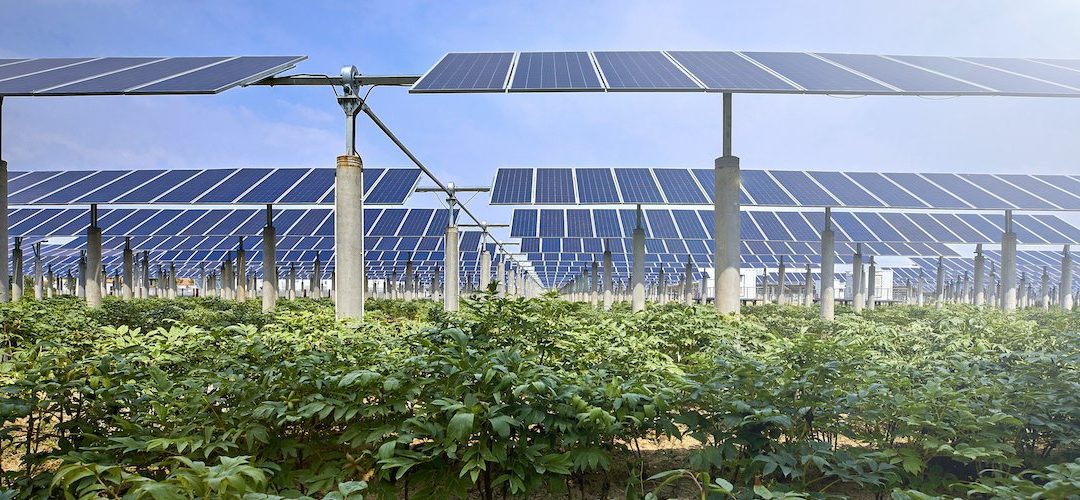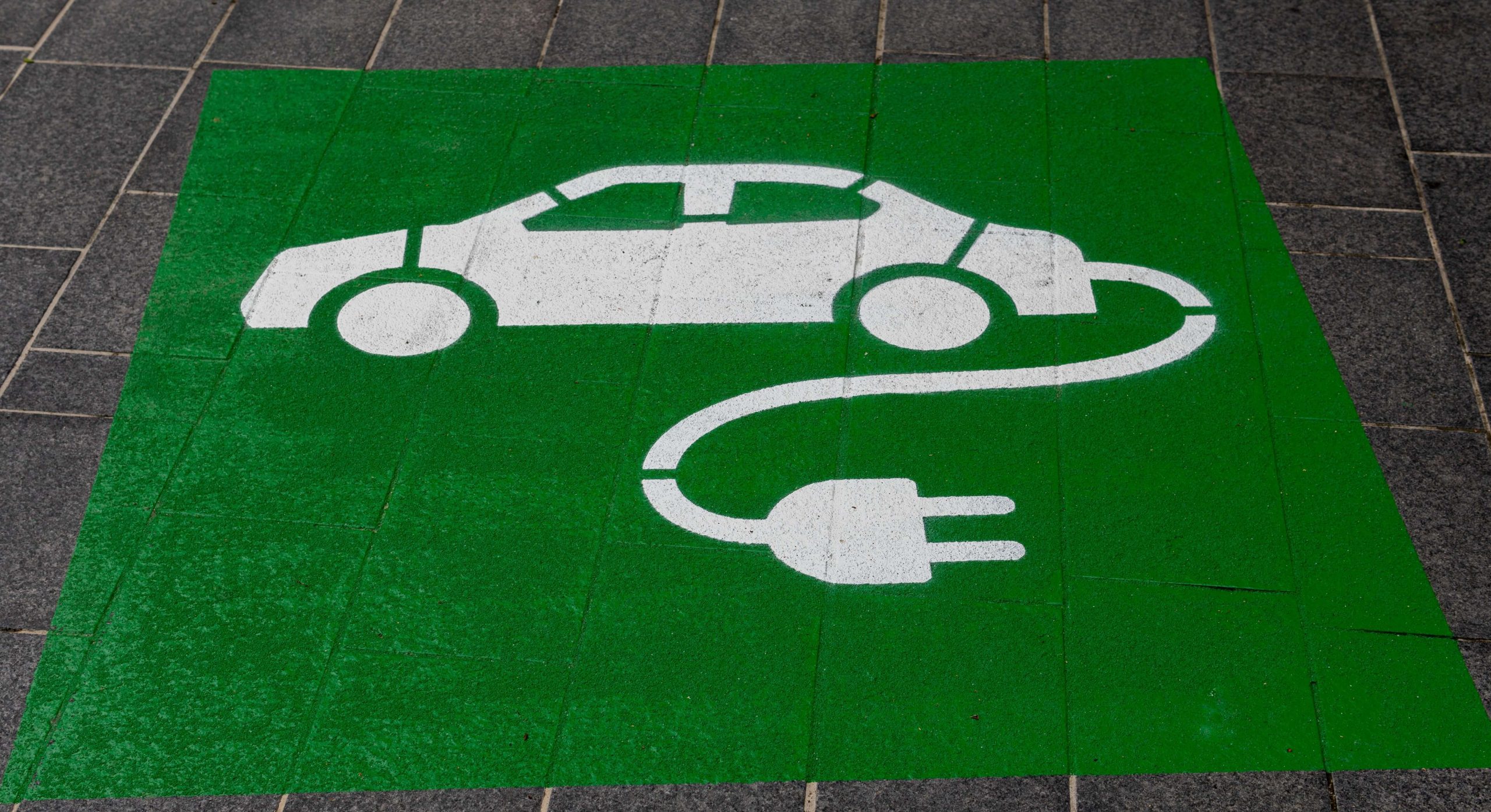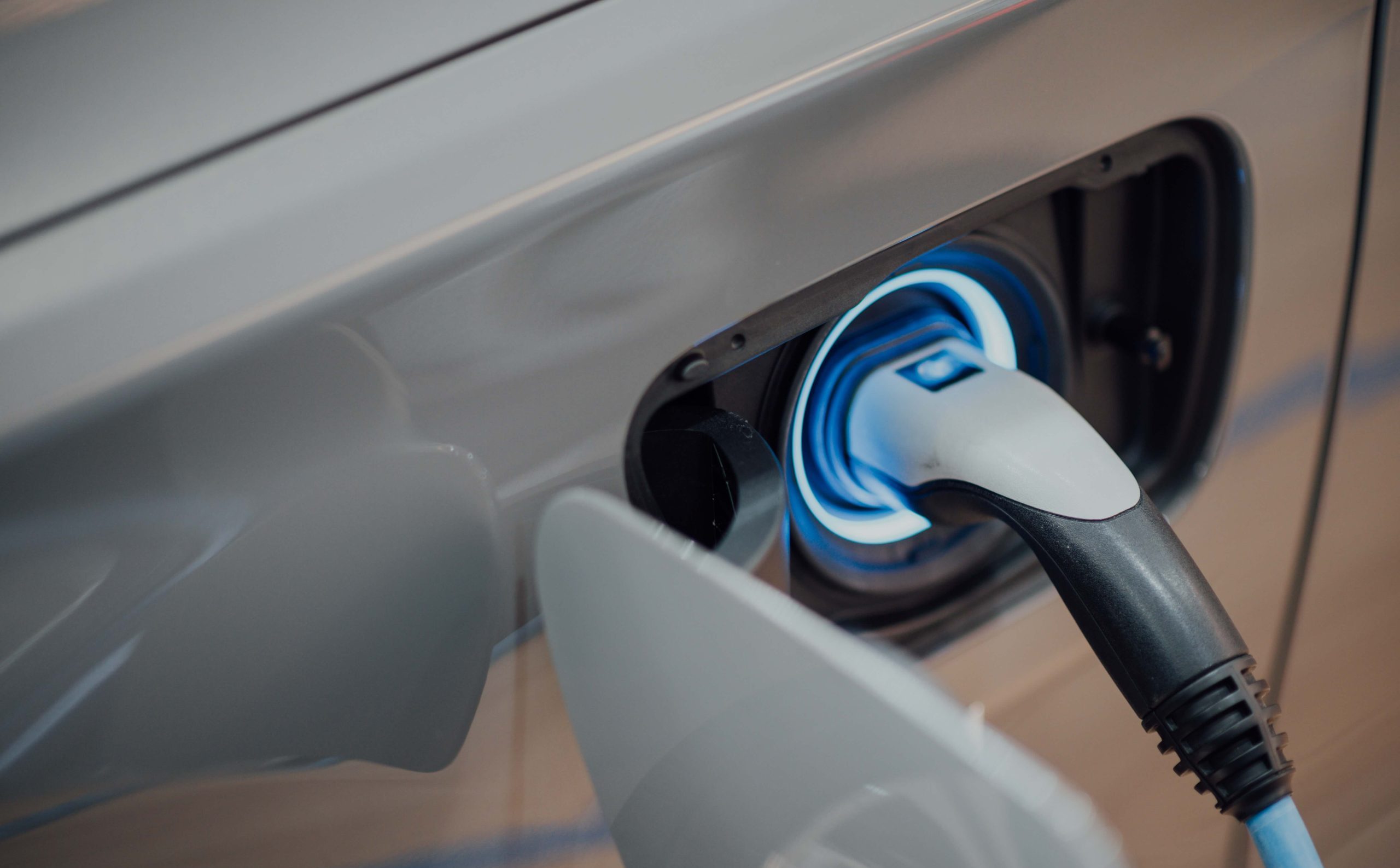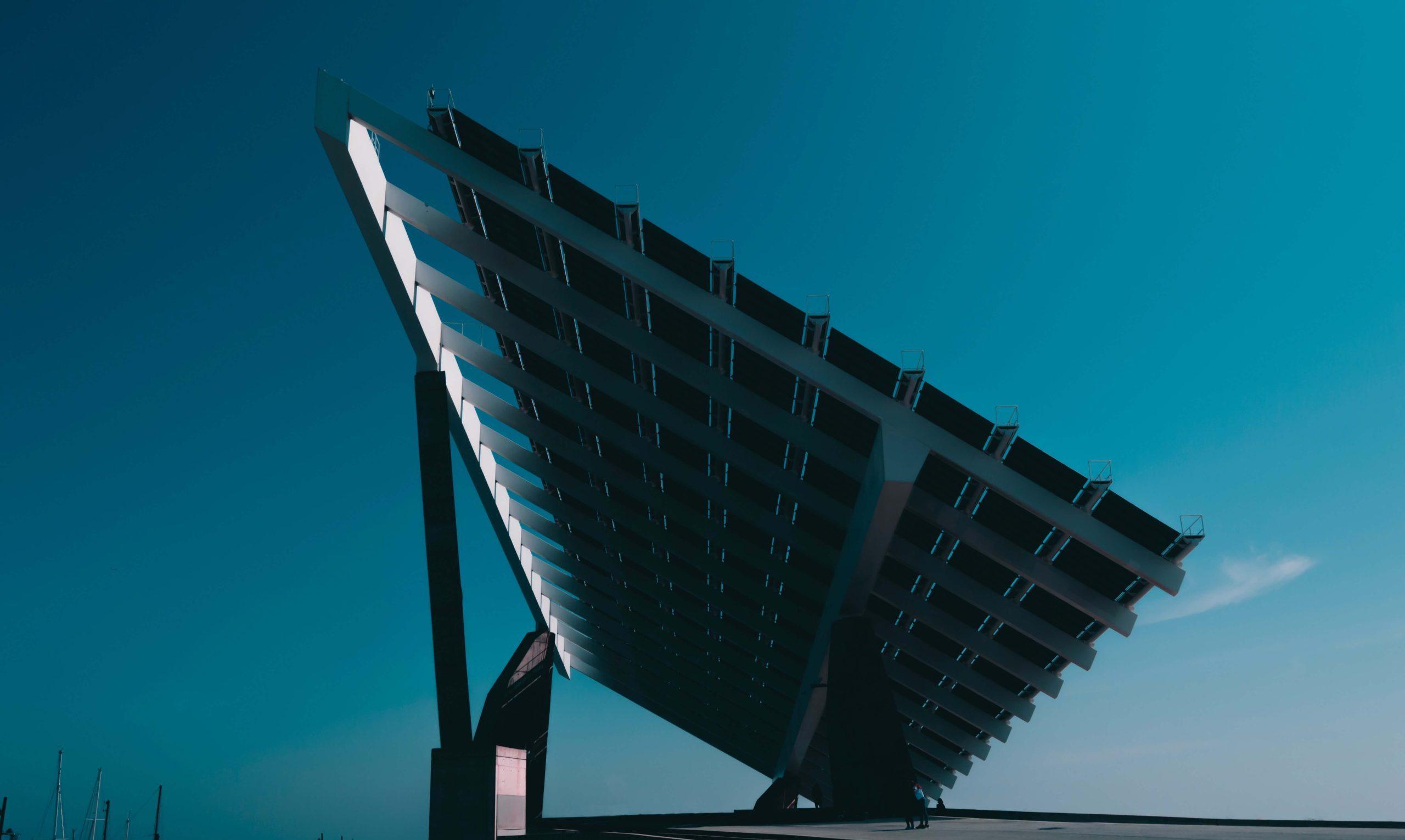Agrivoltaics is a system of co-locating solar panels with agriculture. It is an innovative approach that combines the benefits of solar energy production and agriculture. This system can help to address the challenges of land use and food security, while also providing clean energy.
In addition to these advantages, agrivoltaics has been shown to boost soil improvement, water conservation, and biodiversity. This article will explore the benefits of agrivoltaics in soil improvement and solar energy production.
Introduction to Agrivoltaics
Agrivoltaics is a new and exciting approach to farming that combines the production of crops with the generation of solar power. This system involves the installation of solar panels on farmlands to generate electricity while also providing shade to crops.
The integration of solar and agriculture has been gaining popularity in recent years, as it offers a more sustainable and efficient approach to farming. This system helps to address the challenges of land use and climate change by reducing greenhouse gas emissions and improving soil quality.
What is Soil Improvement and How Does it Relate to Agrivoltaics?
Soil improvement is the process of enhancing soil quality to promote plant growth and increase crop yields. Soil is a vital component of agriculture, and its health directly affects crop productivity. Agrivoltaics promotes soil improvement by creating a microclimate that is beneficial to crops.
The shade provided by solar panels helps to reduce water loss through evaporation, which is essential for maintaining soil moisture. This system also helps to reduce soil erosion by providing a protective layer of shade to the soil surface.
Agrivoltaics has been shown to improve soil fertility by increasing the amount of organic matter in the soil. The shade provided by solar panels helps to maintain soil temperature, which is essential for the growth of microorganisms that break down organic matter.
The combination of solar panels and agriculture also promotes the recycling of nutrients in the soil. The plants absorb nutrients from the soil and use them for growth, while the solar panels generate electricity, which can be used to power agricultural equipment.
Water Conservation and Agrivoltaics
Water is a precious resource that is essential for agriculture. Agrivoltaics promotes water conservation by reducing water loss through evaporation. The shade provided by solar panels helps to slow down the rate of evaporation, which is essential for maintaining soil moisture. This system also helps to reduce water runoff by providing a protective layer of shade to the soil surface. This can reduce the amount of water lost through runoff and increase the amount of water available for plant growth.
Agrivoltaics has been shown to improve water retention in the soil by reducing the amount of water lost through evaporation. The shade provided by solar panels helps to maintain soil moisture, which is essential for plant growth. This system also helps to promote the infiltration of water into the soil, which can reduce the amount of water lost through runoff.
The combination of solar panels and agriculture also promotes the recycling of water. The plants absorb water from the soil and use it for growth, while the solar panels generate electricity, which can be used to power irrigation systems.
How Shading from Solar Panels Can Help Crops
Shading from solar panels can help crops in several ways. The shade provided by solar panels can reduce the amount of sunlight that reaches the crops, which can help to reduce the risk of sunburn and heat stress. This can be especially beneficial for crops that are sensitive to high temperatures, such as leafy greens and berries.
The shade provided by solar panels can also help to reduce water loss through evaporation. This is because the shade helps to slow down the rate of evaporation, which is essential for maintaining soil moisture. This can help to reduce the amount of water needed for irrigation and increase the amount of water available for plant growth.
Shading from solar panels can also help to reduce the risk of damage from extreme weather events, such as hailstorms. The shade provided by solar panels can help to protect crops from hail damage, which can help to reduce crop losses.
Reduced Soil Erosion with Agrivoltaics
Soil erosion is a major problem in agriculture, and it can lead to reduced soil fertility and crop productivity. Agrivoltaics can help to reduce soil erosion by providing a protective layer of shade to the soil surface. The shade provided by solar panels helps to reduce the impact of raindrops on the soil surface, which can help to prevent soil erosion.
Agrivoltaics has been shown to reduce soil erosion by up to 60%, compared to open-field agriculture. This is because the shade provided by solar panels helps to reduce the impact of raindrops on the soil surface, which can help to prevent soil erosion. This system can also help to promote the growth of vegetation on the soil surface, which can help to stabilize the soil and reduce the risk of erosion.
Increased Photovoltaic Generation with Agrivoltaics
Agrivoltaics can help to increase the generation of solar energy by combining solar panels with agriculture. This system can help to address the challenges of land use by producing both food and energy on the same land. The combination of solar panels and agriculture can also help to reduce greenhouse gas emissions by generating clean energy and reducing the need for fossil fuels.
Agrivoltaics has been shown to increase the generation of solar energy by up to 60%, compared to solar panels installed on open land. This is because the shade provided by solar panels helps to reduce the temperature of the solar panels, which can increase their efficiency.
The combination of solar panels and agriculture can also help to reduce the amount of land needed for solar energy production, which can help to address the challenges of land use.

How Agrivoltaics Increases Biodiversity
Agrivoltaics can help to increase biodiversity by creating a more diverse and complex ecosystem. The shade provided by solar panels can create a microclimate that is beneficial to a wide range of organisms, including insects, birds, and small mammals. This can help to create a more diverse and resilient ecosystem, which can help to support the health of crops and the environment.
Agrivoltaics has been shown to increase the abundance and diversity of insects, birds, and small mammals. This is because the shade provided by solar panels can create a more diverse and complex ecosystem, which can provide habitat and food for a wide range of organisms. The combination of solar panels and agriculture can also help to reduce the use of pesticides, which can have negative effects on biodiversity.
Agrivoltaics: The Future of Farming and Ranching
Agrivoltaics is a promising approach to farming that combines the benefits of solar energy production and agriculture. This system can help to address the challenges of land use and food security, while also providing clean energy. In addition to these advantages, agrivoltaics has been shown to boost soil improvement, water conservation, and biodiversity.
As the global population continues to grow, the demand for food and energy will continue to increase. Agrivoltaics offers a sustainable and efficient approach to farming that can help to meet these growing demands. With the right policies and incentives, agrivoltaics could become the future of farming and ranching.
Conclusion
Agrivoltaics offers a promising approach to farming that combines the benefits of solar energy production and agriculture. This system can help to address the challenges of land use and food security, while also providing clean energy. In addition to these advantages, agrivoltaics has been shown to boost soil improvement, water conservation, and biodiversity.
The shade provided by solar panels helps to reduce water loss through evaporation, which is essential for maintaining soil moisture. This system also helps to reduce soil erosion by providing a protective layer of shade to the soil surface. The combination of solar panels and agriculture can also help to increase the generation of solar energy and reduce greenhouse gas emissions.
Agrivoltaics is a promising approach to farming that offers a sustainable and efficient way to meet the growing demand for food and energy. With the right policies and incentives, agrivoltaics could become the future of farming and ranching.
If you want to find out more about agrivoltaics complete the quick form at FundingRegeneration.Earth and join our newsletter for cutting-edge insights and tips.
Further Resources
In addition, follow these authoritative links to find out more about NRCS and soil health.
USDA / NRCS – Agrivoltaics: Coming Soon to a Farm Near You?:
DOE Agrivoltaics – Market Research Study
https://science.osti.gov/-/media/sbir/pdf/Market-Research/SETO—Agrivoltaics-August-2022-Public.pdf
Rural Energy for America Program Renewable Energy Systems & Energy Efficiency Improvement Guaranteed Loans & Grants
Federal Soil Health Bill Tracker








